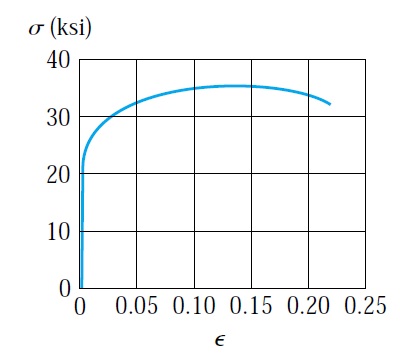Rapid hardening cement
Rapid hardening cement develops strength at a higher rate compared to ordinary portland cement. The strength produced at 2 days by RHC equal 7 days strength of OPC if some w/c ratio used. The strength of RHP will equalize with OPC after 2 to 3 months. The reason behind developing early strength is the increase of C3A and C3S and due to increasing the fineness (min 3250 cm2/gm)of the cement. Increase the fineness of cement, and the amount of C3A and C3S will result in a higher rate of hydration and rapid gaining of strength.
Figure 1
The RHC is chemically similar to OPC. Therefore the designing of concrete mix will be similar as if OPC used. The initial setting of rapid hardening concrete is 60 minutes or more. The RHC will gain 30% of it is compressive strength in the first 24 hours. RHC has the following advantages:
- RHC curing period is less than OPC, which reduce the time and cost of construction.
- RHC is good at Sulphur resistance.
- Using of RHC will allow for quicker removal of the formwork, which reduces the time and cost of construction.
The uses of RHC:
- RHC will allow early removal of formwork. It can be used where formwork has to be removed as early as possible to reuse it.
- It can be used in freezing weather. The high rate of hydration will generate a high temperature which prevents the frost of water in the capillary of concrete.
- It can be used in the precast industry. using RHC will speed up the process and allow efficient utilizing of the formwork
- It is generally used for constructing road pavements, where it is vital to open the road to traffic quickly.
RHC should not be used for water-retaining structures. RHC generating high amounts of heat internally as a result of rapid hydration. The heat will create and increase the shrinkage cracks. These cracks will allow the ingress of an aggressive chemical such as chloride and sulfate. These chemicals will cause steel corrosion and destructive concrete expansion which lead to the reduction of structure service life and early deterioration.















Comments
Post a Comment